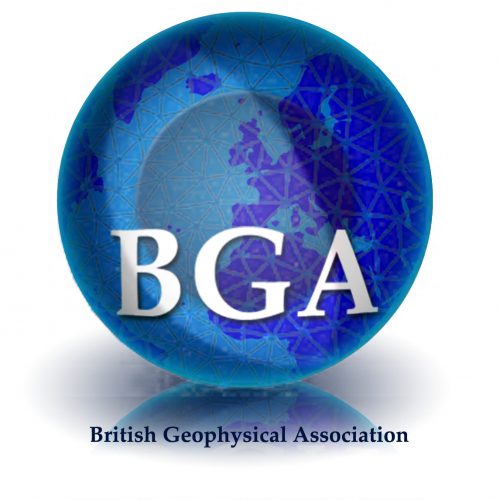
New Advances in Geophysics: The Future of Passive Seismic Acquisition
November 12-13, 2018 – The Royal Society of Edinburgh

New Advances in Geophysics: The Future of Passive Seismic Acquisition
November 12-13, 2018 – The Royal Society of Edinburgh